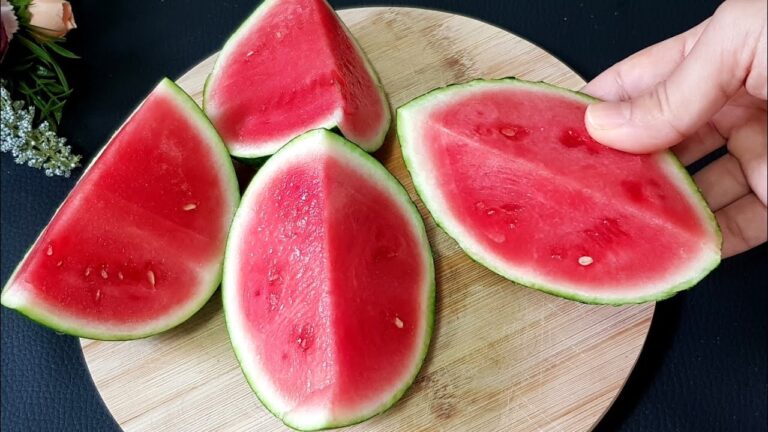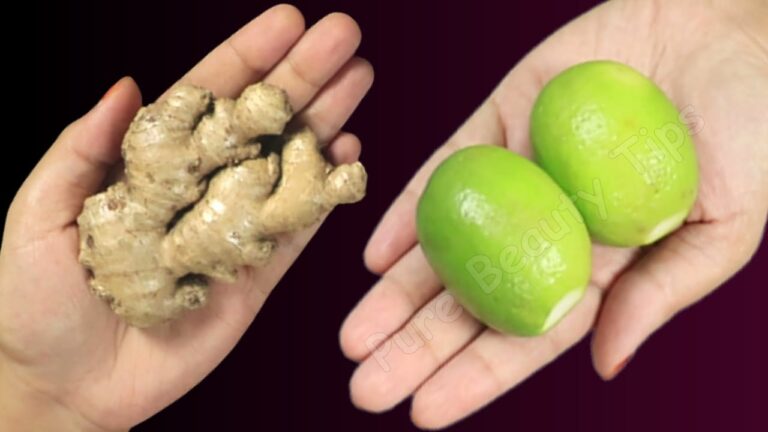Are you ready to discover a hidden gem in the world of greens? Let us introduce you to purslane! With its lemony twang and crisp texture, this versatile plant is worth exploring. In this guide, we’ll show you how to pick purslane for eating, ensuring you have the best culinary experience.
Meet the Versatile Purslane
Before we dive into the how-to, let’s get acquainted with this delightful green. Purslane offers a unique lemony flavor and a somewhat mucilaginous texture when eaten. Its versatility in cooking and its packed nutrients make it a green to cherish.
Finding and Preparing Purslane
The first step to enjoying purslane is finding it, and you may be surprised to know that it often grows in unexpected places, like the cracks of your sidewalk. However, make sure to pick purslane from areas free of chemicals or pesticides to avoid any contamination.
Once you’ve located your purslane, it’s time to prepare it for consumption. To make the most of this plant, follow these simple steps:
- Pick the Tender Parts: Instead of consuming the entire plant, focus on the small, tender leaves and stems. These offer the best flavor and texture. Leave aside the larger, tougher stems.
- Bite-Sized Pleasure: Take small, bite-sized portions of purslane. This way, it’s easy to eat and enjoy, fitting comfortably on a spoon.
How to Incorporate Purslane in Your Meals
Purslane is incredibly versatile and can be incorporated into your meals in various ways:
- Add to Salads: Toss purslane in with your favorite greens and vegetables for a refreshing twist. Its lemony twang adds a delightful flavor to any salad.
- Mix with Other Dishes: Get creative and mix purslane with other dishes. Its unique flavor and texture make it a great addition to sandwiches, wraps, or even as a pizza topping.
- Dress It Up: Purslane can withstand a variety of dressings. Experiment with your favorite salad dressings to find the perfect combination that enhances its taste.
- Sprinkle on Plates: For a simple yet impactful touch, sprinkle purslane on your plates as a garnish. Its vibrant green color and lemony flavor will elevate the visual appeal and taste of your meals.
Don’t Worry About the Big Stems
You might come across larger stems while picking purslane, but don’t fret! It’s perfectly fine to discard them. Purslane grows abundantly, so focus on enjoying the most tender and flavorful parts without struggling with tough stems.
In conclusion, picking and enjoying purslane is like embarking on a delightful journey into the world of unique greens. Its lemony flavor and versatility make it a valuable addition to your culinary repertoire. Remember to pick it from clean, pesticide-free areas and focus on the tender, bite-sized pieces for the best dining experience. Whether you’re adding it to a salad, mixing it with other dishes, or using it as a garnish, purslane is a green worth exploring for its distinctive taste and nutritional benefits. So, go ahead and embrace the pursuit of purslane!









